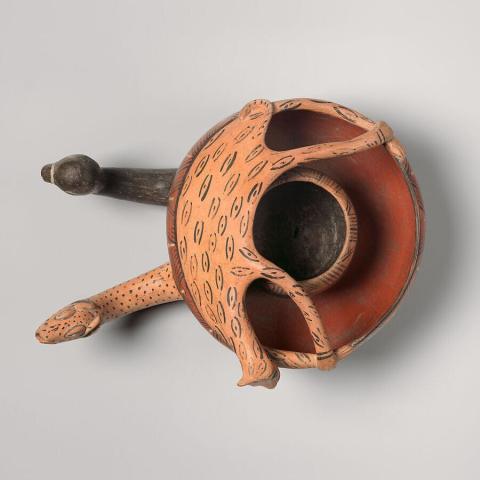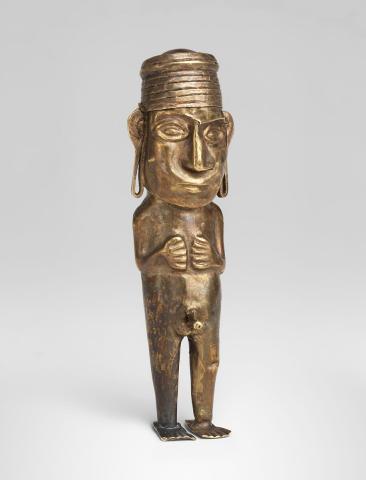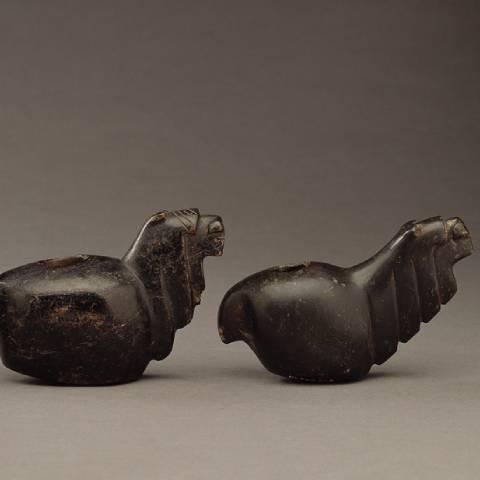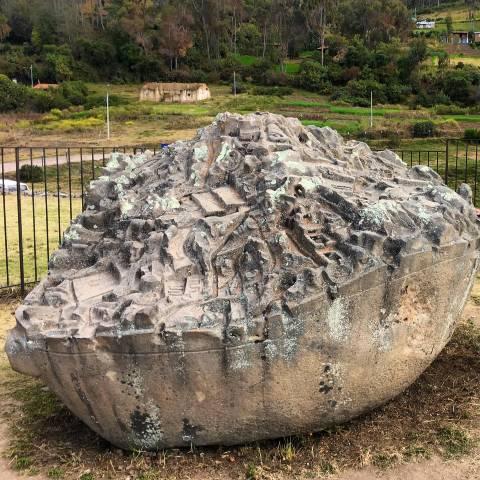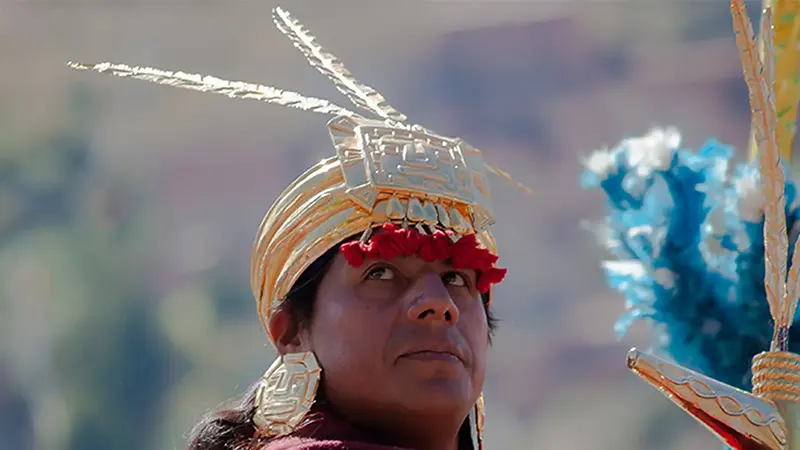Through Inca art we can discover the capacity and development of the Inca culture. Ceramics, textiles and metal works are displayed in museums around the world. Because this civilization has unique characteristics in its art that you have to discover. Furthermore, Inca art was not only used for decoration, nor could it be used by anyone in the civilization.
History and Origins of Inca Art
Researchers consider the development of ceramics to be one of the signs of the emergence of any civilization. In Peru, ancient cultures began making pottery around 1800 BC, while in the Lake Titicaca region, people were already using it by 1200 BC.
Before ceramics, pre-Incan civilizations worked with materials such as fabrics, shells, stones, bones, wood and fired clay.
They captured their designs—geometric patterns, two-headed serpents, birds, and other symbolic figures—in textiles and ceramics.
Three cultures significantly influenced Inca art:
- Chiripa: Noted for its advanced ceramics and metallurgy.
- Pukara: Created painted ceramics and stone sculptures.
- Tiahuanaco: Developed advanced textile techniques, as well as woodwork and jewelry.
As the Inca Empire expanded its domains, it integrated artists from conquered cultures, such as Lambayeque and Chan Chan, into the service of the state.
However, when the Spanish arrived, they melted down much of the Inca art in precious metals. Today, museums around the world house many pieces of Inca ceramics and metallurgy, showcasing their impressive artistic legacy.
Ceramics
The Incas made their pottery with natural clay and sometimes mixed it with mica, sand, or shells to prevent cracks during firing.
Unlike other cultures, the Incas did not use a potter's wheel; instead, they applied the technique of rolling and smoothing with flat stones. For smaller pieces, they used clay molds.
The Incas decorated their pottery with clay engobes before firing and applied colors through oxidation and reduction techniques. Red, yellow, cream and black tones predominated. One of the most emblematic forms, the Urpu, served as a storage vessel for corn.
It had a long neck, two handles and a pointed base that allowed stability. In addition, the Incas created plates with handles in the shape of animals, bowls, qeros vessels and the Paccha, a ceremonial object used in agricultural rituals.
Metal Art
The Incas distinguished their metallurgy by its high quality and symbolism. They considered gold the “sweat of the sun” and silver the “tears of the moon". In addition to gold and silver, they worked with copper, precious stones and seashells.
Among the most outstanding pieces of Inca gold and silver work are:
- Disks, jewelry and figurines.
- Ceremonial knives (tumi).
- Gold and silver vessels used by the nobility.
- Masks of gods placed in temples.
- Gold and silver figurines found in royal tombs.
Although the conquerors destroyed many works, some have survived in museums and private collections.
Inca Textiles
The Incas valued textiles more than gold and silver, using them as tribute, currency, and status symbols.
Archaeologists have found textiles with up to 120 weaves per centimeter, showcasing the artisans' remarkable skill.
The Incas used cotton, llama, alpaca and vicuña fibers. Only the Inca and the nobility could use vicuña fiber, as it was exclusively reserved for them.
The colors and designs had specific meanings:
- Red: Conquest and government.
- Green: jungle and agricultural growth.
- Geometric designs: abstract symbols, tocapus and representations of animals such as felines and llamas.
Men and women alike wove textiles, and they called the most skilled weavers qumpicamayocs.
Stone Sculpture
Stone was a fundamental material for Inca art, both in the creation of sculptures and in the construction of architectural monuments.
The Incas stood out for their ability to work stone, and their sculptures are divided into two main categories:
- Movable or free-standing sculpture: Includes figures of people, animals and ceremonial objects, which vary in size. These sculptures, usually carved in stone, were used in religious rituals and other ceremonial activities.
- Immovable sculpture: Refers to buildings and structures associated with large architectural complexes. Representative examples of this category include monuments such as the Sacred Grotto, the Intihuatana at Machu Picchu, the Inca Lathe at Sacsayhuaman, the Sayhuite Stone and Q'enqo, which are clear evidence of the integration of sculpture into Inca architecture and religion.
The Incas' ability to sculpt stone allowed them to create not only art, but also functional and spiritual elements that formed an integral part of their worldview and social structure.
Inca art is a sample of the sophistication and creativity of this civilization. From ceramics and metallurgy to textiles, each artistic expression had a functional and symbolic purpose.
Today, their legacy lives on in Andean traditions and in pieces exhibited in museums around the world.

